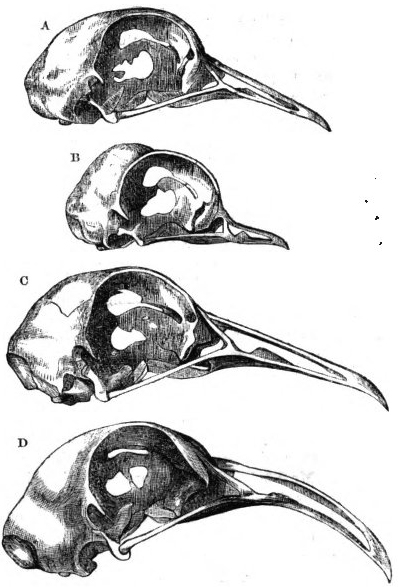Site Fidelity: Rock Pigeons and Refugees
DOI:
https://doi.org/10.60162/swamphen.4.10618Keywords:
cultural ecology, urban studies, animal studiesAbstract
This paper presents a series of multi-disciplinary artworks developed from collaborations with local Tasmanian pigeon fanciers and homing associations. The artworks explore the desire to locate habitat in unstable environments, exposing bespoke ecosystems and visualising agency within a locational / relational feedback loop. The homing instinct of the rock pigeon is segued into the loss of home felt by local refugees.
The wild rock pigeons' cohabitation with humans 10 000 years ago triggered a unique and mutually beneficial association, allowing safe shelter for bird and unprecedented carrier utility for human. The enduring relationship between bird and human has evolved in response to the pigeon's homing instinct, evidencing an empathetic bond driven by an urge to continually re-establish contact.
Homing is an innate instinct to return to known territory via new and unknown environments. The contemporary bird / fancier relationship reveals layers of belonging, between animal, human and place. It more abstractly reflects a desire to be local; to belong within an emotional and spatial system, confronting and navigating tenuous places and experiences.
Pigeon fanciers typically inhabit suburban environments, establishing the birds' lofts amongst the conglomerate nest of human habitation (sheds, carports, BBQ areas, clotheslines). From this domestic grotto, fanciers travel impressive distances to reach wilder places, releasing their birds to find their way back home. The bird's instinct of site fidelity sits counter to the fancier's instinct to reconnect to wild environs. It is a symbiotic relationship drawn from divergent urges.
Downloads
Published
Issue
Section
License
Authors who publish with this journal agree to the following terms:- Authors retain copyright and grant the journal right of first publication with the work simultaneously licensed under a Creative Commons Attribution License that allows others to share the work with an acknowledgement of the work's authorship and initial publication in this journal.
- Authors are able to enter into separate, additional contractual arrangements for the non-exclusive distribution of the journal's published version of the work (e.g., post it to an institutional repository or publish it in a book), with an acknowledgement of its initial publication in this journal.
- Authors are permitted and encouraged to post their work online (e.g., in institutional repositories or on their website) prior to and during the submission process, as it can lead to productive exchanges, as well as earlier and greater citation of published work (See The Effect of Open Access).

